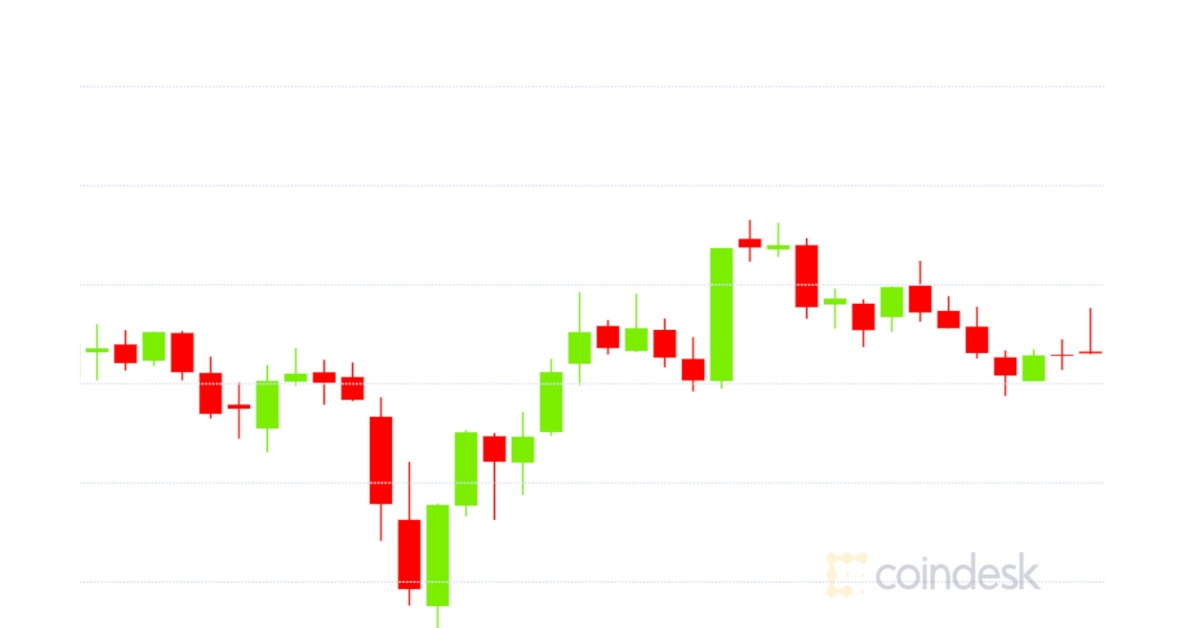Michael Novogratz’s Galaxy Looks to AI Computing as Bitcoin Mining Revenue Falls
-
Galaxy Digital signed a non-binding deal with a U.S.-based hyperscaler firm to turn all its 800 megawatts of mining capacity into hosting high-performance computers.
-
The move comes as the Bitcoin halving contributed to a profit squeeze for the firm and the mining industry as a whole.
-
Galaxy has 200 megawatts of mining operating out of 800MW approved capacity and another 1.7 gigawatts under study for a potential permit.

02:31
Bitcoin Hits Record High as Donald Trump Wins U.S. Election

24:55
Crypto Under a New Administration: Regulatory Outlook From Coinbase’s Paul Grewal

01:35
Why Bitcoin Will Be the Winner Regardless of U.S. Election Results

02:25
DOGE Surges on U.S. Election Day; Bitcoin ETFs Shed $541M and Mt. Gox Moves $2.2B BTC
The brutally competitive bitcoin (BTC) mining industry is offering a clear choice to miners: pivot to artificial intelligence (AI) computing or suffer losses. Michael Novogratz’s Galaxy Digital (GLXY.TO) is the latest to join the exit queue.
The New York-based company signed a non-binding term sheet with an unidentified U.S.-based hyperscaler firm that could convert all its 800 megawatt (MW) power capacity to high-performance computing (HPC), it said in its third-quarter earnings statement. Hyperscaler firms are large-scale data centers that specialize in providing large amounts of computing power.
The rational behind AI firms coming to bitcoin mining is simple: Miners have operation-ready power capacity that is faster to deploy than building a data center from scratch. It’s a win-win for both parties as miners get to diversify their revenue from a highly competitive sector and AI firms get to ramp up their operations fast to feed the ever-growing demand.
Galaxy’s Helios mining facility in West Texas has 800MW of approved power capacity, 200MW of which is currently in operation. It also has 1.7 gigawatts (GW) of capacity under study for potential permit at the site, according to the statement.
The move, which is subject to due diligence and approvals, comes as Bitcoin’s fourth halving event lowered the mining rewards by half, making the industry more competitive and squeezing profit margins for miners.
The HPC trend started after one of the largest miners, Core Scientific (CORZ), signed a mammoth deal with cloud-computing firm CoreWeave. That saw its stock price surge, leading investor pressure on rivals to follow suit.
Unsurprisingly, other firms including Hut 8 and HIVE are now dedicating significant resources to AI computation instead purely mining for bitcoin.
Galaxy said mining revenue fell by 23% from the previous quarter, even as total hashrate, or mining power, increased by 11% due to the halving, higher mining difficulty and seasonal operation curtailments. Despite Galaxy’s mining woes, the firm narrowed its third-quarter net loss and its operating revenue grew more than 30% from previous quarter, according to the statement. The shares jumped more than 7% in Toronto on Thursday, while bitcoin and broader market index, CoinDesk 20, were positive for the day.
UPDATE (Nov. 7, 16:04 UTC): Adds additional details about Galaxy’s overall earnings for the third quarter and Thursday’s share price performance.
CORRECTION (Nov. 7, 15:55 UTC): Corrects headline to say mining revenue fell. An earlier version of the story dropped the word “mining.”
Edited by Sheldon Reback.









